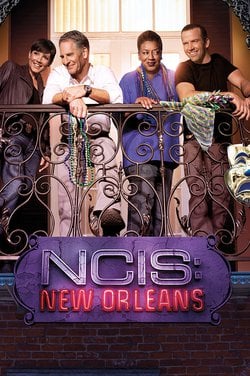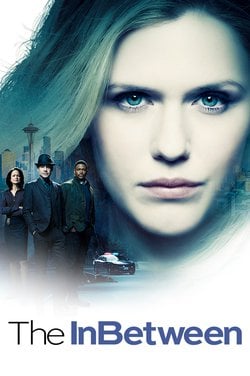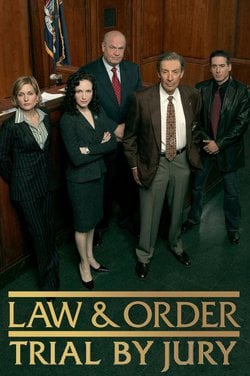- Original release
-
Platform release date

- Previous episode S06E03 - Obscene
- Number S06E04
-
Director
Daniel Sackheim
- Country United States
- Genres Crime, Drama, Mystery, Thriller
-
External links
TheTVDB page
IMDB page
TheMovieDB page -
Last update
1 novembre 2024 - 09:08
on 11 databases -
Video : Scavenger
The entire squad races against the clock to solve the puzzles and uncover the clues scattered throughout the city by a serial killer who is taunting them to find him and the next victims on his list.

When it comes to iconic television dramas, few series hold a candle to "Law & Order." This groundbreaking show has captivated audiences since its premiere in 1990, blending police procedural elements with courtroom drama in a unique two-part format. Each episode takes viewers on an intense journey through the criminal justice system, starting with NYPD homicide detectives investigating a crime and culminating in the courtroom where district attorneys seek justice for victims. With 23 seasons and over 500 episodes, "Law & Order" not only entertains but also challenges viewers to confront real societal issues through its compelling storylines.
One of the standout features of "Law & Order" is its ability to draw inspiration from real-life cases that have made headlines. The show's writers skillfully weave these stories into gripping narratives that keep viewers engaged while making them think critically about morality and justice. From tragic deaths caused by negligence in hospitals to complex murder cases stemming from revenge, each episode presents morally ambiguous situations that are often reflective of society's challenges. This realism gives the series depth and relevance that resonates even decades after its debut.
The cast of "Law & Order" has played a pivotal role in shaping the show's legacy. Featuring talented actors like Sam Waterston as D.A. Jack McCoy, S. Epatha Merkerson as Lieutenant Anita Van Buren, and Jerry Orbach as Detective Lennie Briscoe, the performances breathe life into their characters and make each case personal for both them and the audience. Viewers become invested not just in solving crimes but also in understanding how these events affect everyone involved—from victims' families to defendants facing prosecution. The dynamic between characters adds layers to every storyline, showcasing the complexities of human behavior.








































